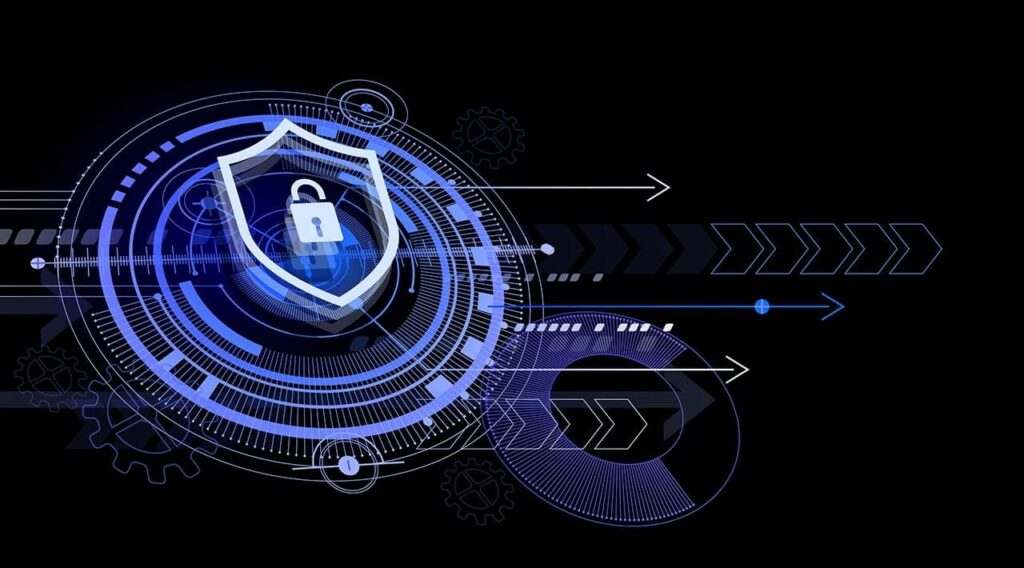What is “dark fiber” and why is its use expanding in Latin American companies?
Secure networks, better use of infrastructure and a high response to critical scenarios are some of the characteristics that stand out.
In today’s digital era, where connectivity is making a difference to make companies more competitive, the concept of “dark fiber” is gradually gaining more relevance. But what is it and what is it for?
“Dark fiber is related to fiber optic cables that have been installed, but are not being used to transmit data, that is, they are not ‘illuminated’ with light signals,” explains Gianni Hanawa, Sales Director of Connectivity Business Unit for Chile and Peru at Cirion Technologies. “This infrastructure, often deployed by operators or governments, can be leased or acquired by companies that want to manage their own communications network independently,” he adds.
In this way, dark fiber is positioned as a strategic digital resource, as it offers flexibility, scalability and security to manage advanced communication networks. Currently, dark fiber is in a stage of consolidation and growth in Latin America, and although its development varies significantly depending on the country, “current trends show that its use will continue to grow, driven by the need for high-capacity connectivity and the evolution towards technologies such as 5G and smart cities,” complements Gianni Hanawa.
What is dark fiber used for?
According to the Cirion expert, the usefulness of dark fiber can be grouped into five areas that involve services, backup and security:
- Network infrastructure expansion: Allows enterprises, Internet Service Providers, and large corporations to expand their network without having to invest in the costly process of installing new fiber. By “illuminating” the dark fiber with their own transmission equipment, these entities can customize the network to their specific needs.
- Private and secure networks: Organizations that require high levels of security and privacy use dark fiber to create their own networks, ensuring data transmission free of external interference.
- Support for data centers and cloud services: The increase in demand for cloud computing services and data centers demands high-speed and low-latency connections, so dark fiber becomes an ideal solution to guarantee these characteristics and allow scalability.
- Redundancy and disaster recovery: Critical service providers use dark fiber to establish backup paths, ensuring operational continuity and rapid recovery in the event of core network failures.
- Support for emerging technologies: Dark fiber is critical to supporting the expansion of 5G and the Internet of Things (IoT), as it offers the transmission capacity and low latency that these technologies demand.
Hanawa adds that bandwidth demand, driven by the growth of the internet, cloud services, and the expansion of 5G, has encouraged operators and enterprises to consider dark fiber as a strategic investment. “From the experience of our extensive presence in the region, we see that countries such as Brazil, Mexico, Chile and Colombia are at the forefront in the implementation of fiber infrastructure, including projects that seek to take advantage of dark fiber to expand and improve the backbone, and where public-private collaboration initiatives are also on the rise to promote this type of infrastructure,” says the Cirion executive.
Although the dark fiber outlook in Latin America is promising, there are still some challenges to overcome, such as geographic inequality, because, although urban areas and some economic corridors show a growing implementation of dark fiber, many rural areas still have a deficit in terms of coverage and connectivity, which represents an opportunity for investment and improvement.
“With the acceleration of digital transformation and the need for robust infrastructures to support emerging technologies, we expect dark fiber investment and deployment to continue to grow. This increase will not only improve connectivity and reduce the digital divide, but will also strengthen the region’s competitiveness in the global technological arena,” concludes the Sales Director of Cirion Technologies’ Connectivity Business Unit for Chile and Peru.

Author:
Gianni Hanawa
Sales Director of Connectivity Business Unit for Chile and Peru
Cirion Technologies










